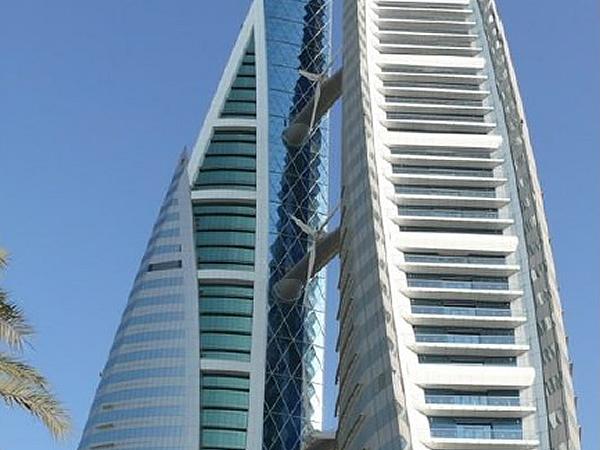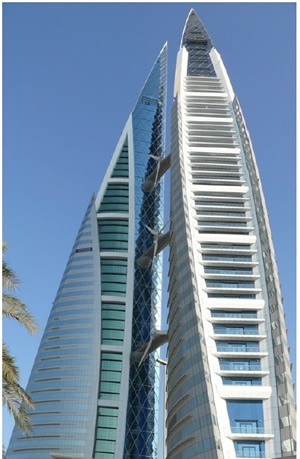
These can be wide ranging in terms of composition from glass and aluminium to natural stone and concrete to exterior insulation and finishing systems (EIFS), glass-reinforced concrete (GRC), glass-reinforced plastic (GRP) and even coated fabrics – clearly all very different materials with different characteristics.
Using the wrong sealant can lead to compatibility issues, poor adhesion and a premature failure of the seal which lead to air and water ingress and a whole host of related problems. The relative cost of the sealant as a percentage of the façade is very small so it pays to make the right choice.
Correct sealant selection can only follow a detailed analysis to answer the following questions:
- What is the joint width?
- What are the substrates?
- What is the anticipated joint movement?
- Does it have to be fire rated?
- Is the joint internal or external, IF external is it exposed to ultraviolet (UV) rays?
- What is the service temperature?
- Are acoustics a consideration?
- Is colour or appearance important?
- Will the joint sealant be in contact with other sealant/gasket materials?

Sealant solutions can then be sought from a range of either wet sealant, dry sealants OR membranes as briefly described below.
Wet Sealants
Wet sealants are the most commonly used, typically caulked into joints between 5 to 50mm wide that are fully supported by a suitable backing material. This range include silicone, polyurethane, acrylics, butyls and now also hybrids.
Dry Sealants
Dry sealants provide additional benefits over the weatherproofing qualities provided by wet sealants such as acoustic insulation and maintenance free installations. This range is often described as tapes that can be butyl or pre-compressed polyurethane (PU) foam tapes.
Membranes
Membranes are typically used for high movement joints and can be used to seal much wider joints. This range include EPDM (ethylene propylene diene monomer) membranes, butyl membranes and where very wide , very high movement joints are concerned, a silicone membrane is also used as a "bridge" or "bandage" joint seal.
Conclusion
Correct sealant selection is required for effective performance of modern day facades. Correct analysis (questioning) is required to allow you to correctly select your sealant material, which is likely to be either a wet sealant, dry sealant or membrane solution.

